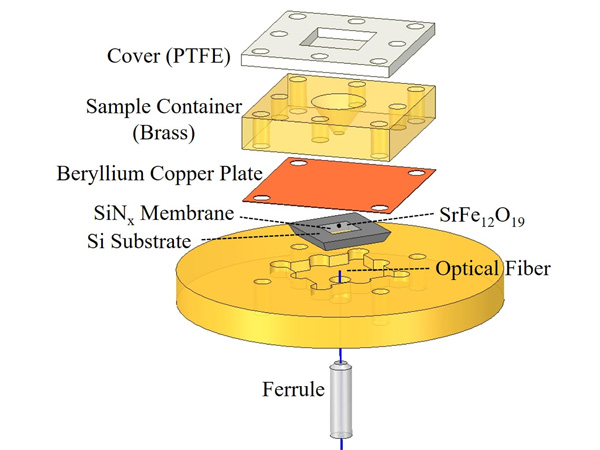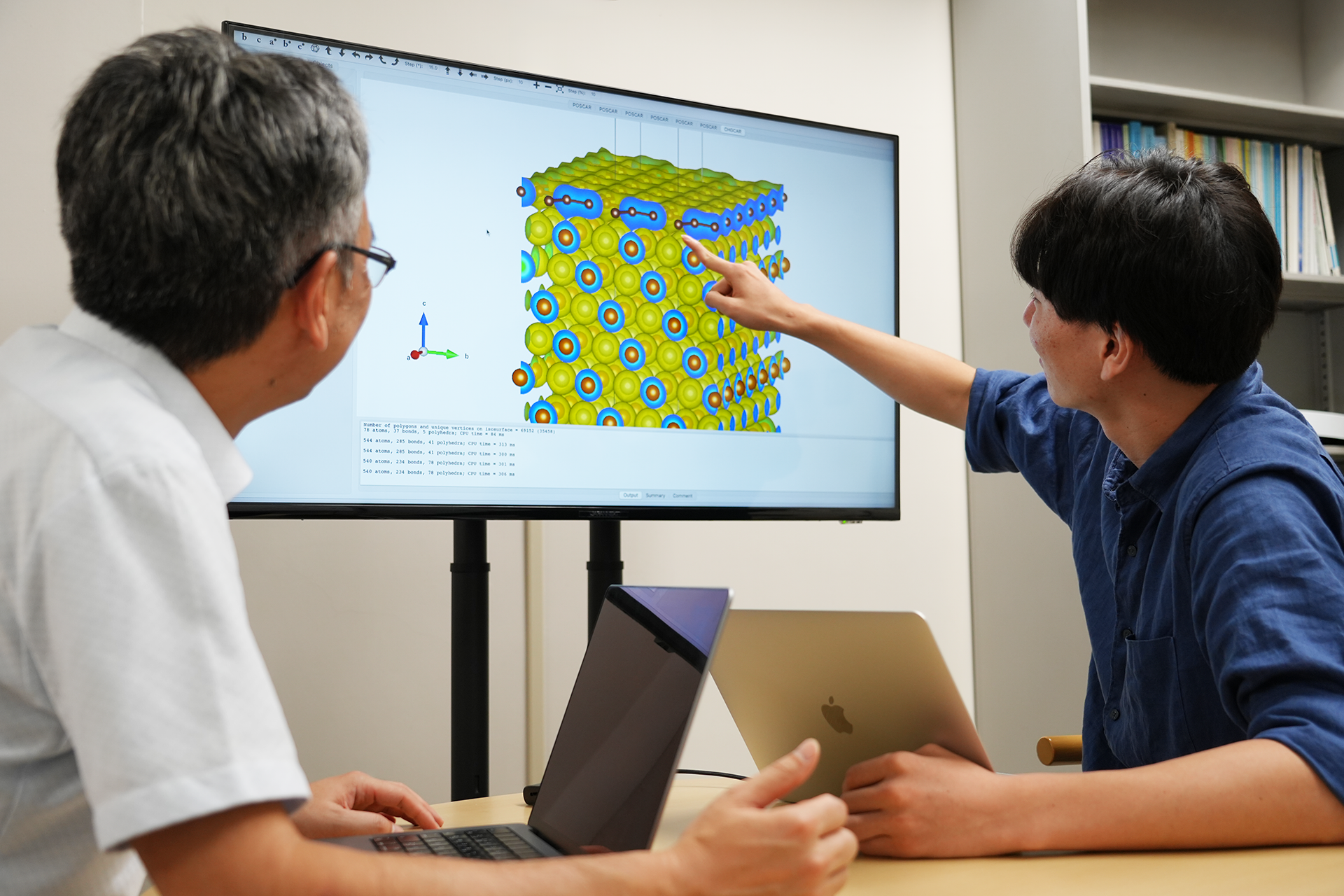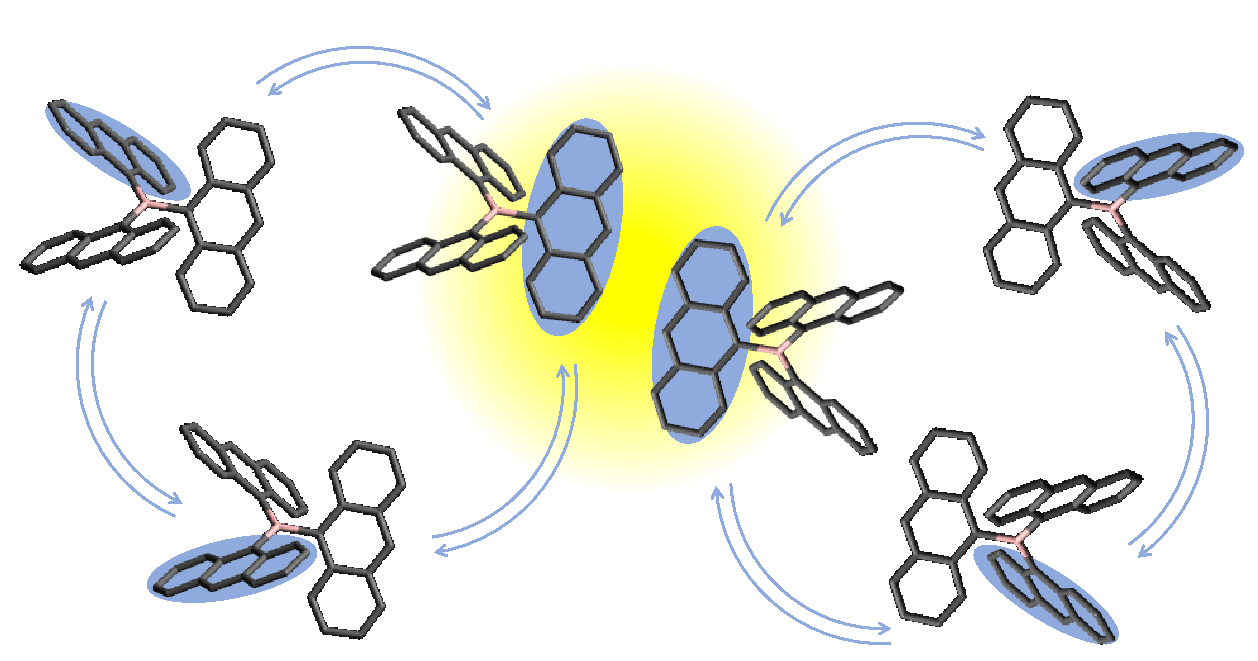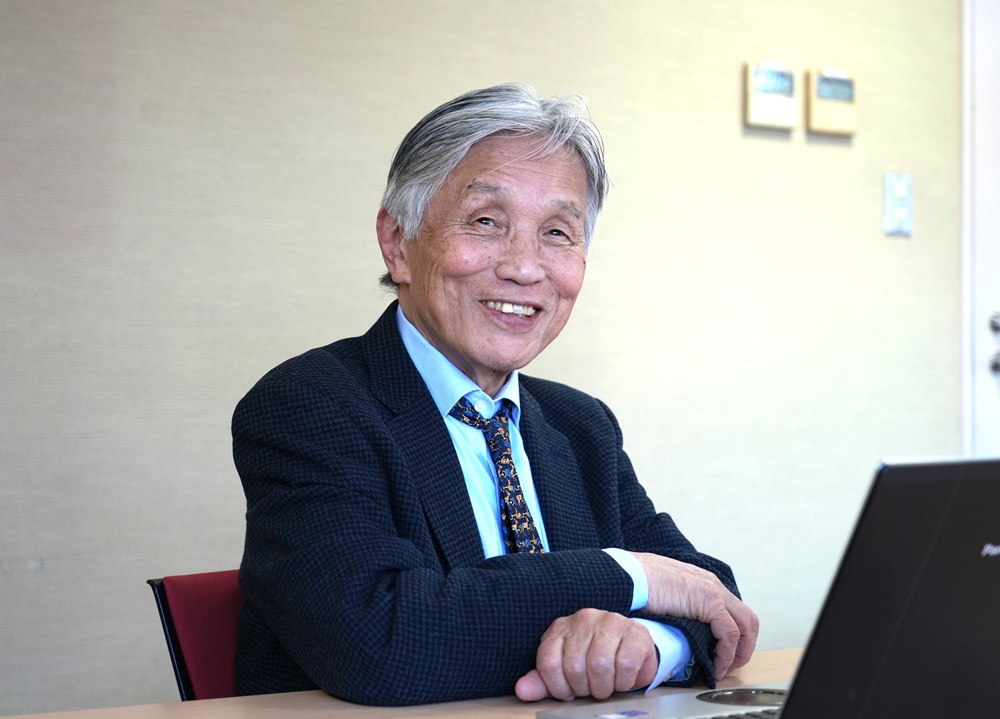When certain materials are cooled below a critical temperature they become superconductors, with zero electrical resistance. An international research team observed an unusual electronic state in new superconductor chromium arsenide. This finding could prove useful in future superconductor research and material design. The study was published on June 5 in Nature Communications.
These discoveries were made by a research team at the Chinese University of Hong Kong in collaboration with Associate Professor KOTEGAWA Hisashi (Kobe University Graduate School of Science) and other researchers from Kobe University and Kyoto University.
Well-known superconductors include high-temperature copper-oxide superconductors and iron-based superconductors. These have two-dimensional layered crystal structures. In contrast, chromium arsenide has a “non-symmorphic” crystal structure formed by zigzag chains of chromium (see figure 1). The relationship between this crystal structure and its superconductivity has drawn attention from scientists.
The superconductivity of chromium arsenide was discovered in 2014 under pressure, and it is the first magnetic superconductor to incorporate chromium.
The research group found that at ultralow temperatures, the electrical resistance of chromium arsenide shows a linear increase against the magnetic field. In normal metals the resistance increases as a square of the magnetic field, creating a curved (parabolic) graph, but the magnetic field resistance of chromium arsenide makes a linear graph (see figure 2). Linear magnetic resistance is created under extremely special circumstances when electron mass within a solid effectively becomes smaller. There are cases of it occurring in non-magnetic low carrier materials, but chromium arsenide is a metal with strong magnetic properties and very different qualities from other materials that have shown linear magnetic resistance. The special crystal structure of chromium arsenide may have created this unusual electronic state.
These findings show that the superconductivity of chromium arsenide features an unusual electronic state, information that could contribute to superconductivity research and material design.
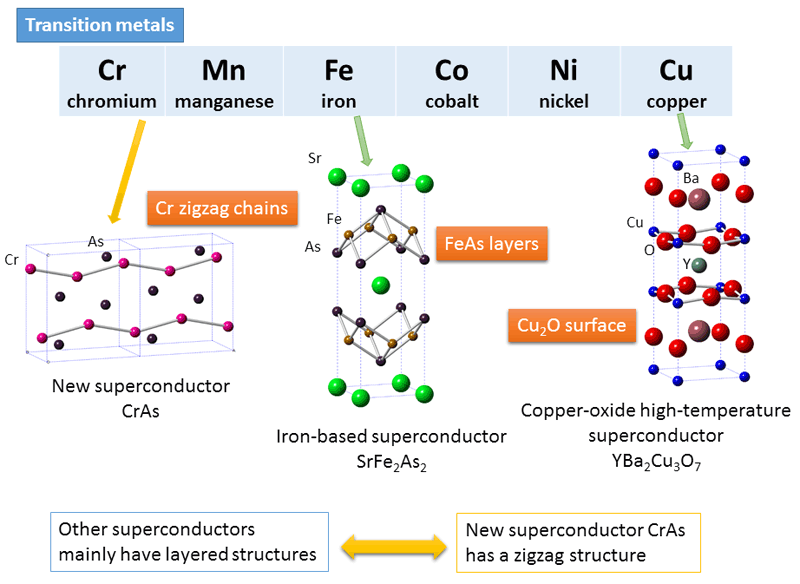
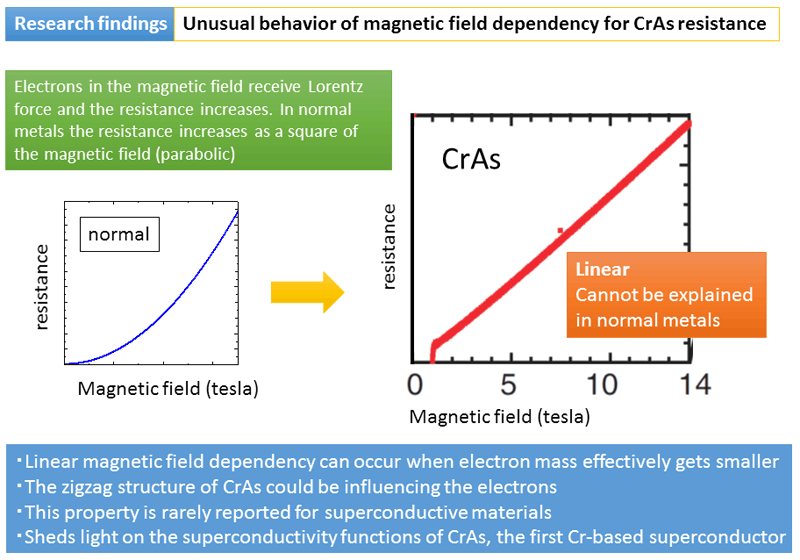
Journal information
- Title
- “Quasilinear quantum magnetoresistance in pressure-induced nonsymmorphic superconductor chromium arsenide”
- DOI
- 10.1038/ncomms15358
- Authors
- Q. Niu, W. C. Yu, K. Y. Yip, Z. L. Lim, H. Kotegawa, E. Matsuoka, H. Sugawara, H. Tou, Y. Yanase & Swee K. Goh
- Journal
- Nature Communications






